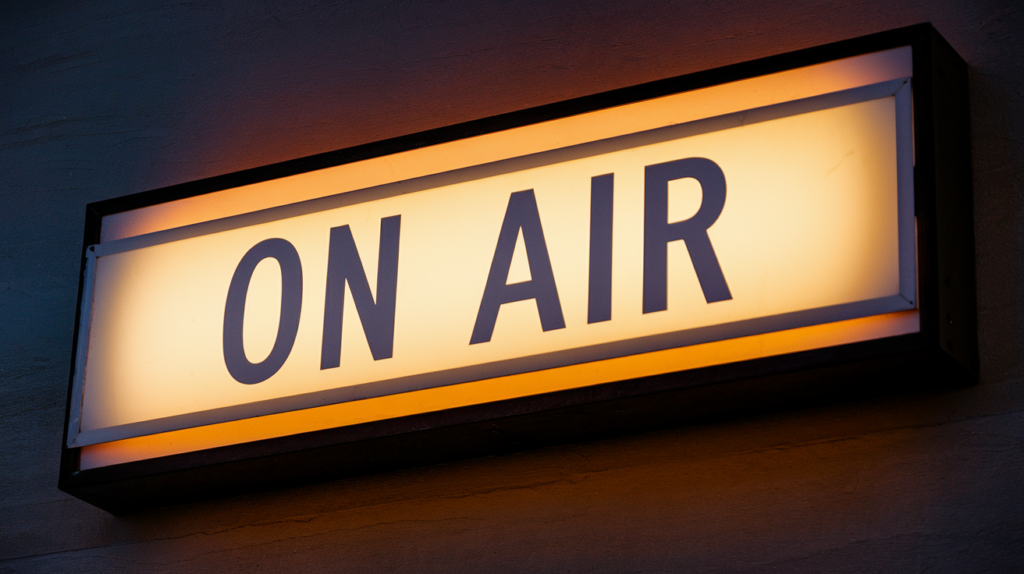When you think of French, you might picture elegant Parisian streets or the charming cafes of Brussels. But did you know that there are distinct variations in the way French is spoken across Europe? European French and Belgian French each have unique characteristics that reflect their rich cultural backgrounds.
Key Takeaways
- Distinct Variants: European French and Belgian French differ in pronunciation, vocabulary, and cultural influences, reflecting their unique linguistic backgrounds.
- Pronunciation Differences: European French features sharper nasal sounds, while Belgian French has a softer tone with less pronounced nasality, affecting voiceover performances.
- Vocabulary Variations: Unique local expressions exist; for instance, “septante” is used for seventy in Belgium compared to “soixante-dix” in France, highlighting the need for voice talents to be familiar with these terms.
- Cultural Context: Media and literature showcase regional differences; European French emphasizes Parisian culture while Belgian media incorporates local humor and dialects that resonate better with Belgian audiences.
- Grammatical Consistency: While grammatical structures are largely similar between the two variants, informal usage can vary based on cultural context. Understanding these nuances enhances communication effectiveness.
- Impact on Voiceovers: Awareness of these distinctions is crucial for voiceover projects to ensure authenticity and relatability when targeting specific Francophone audiences.
Overview of European French and Belgian French
European French, primarily spoken in France, features distinct pronunciations and vocabulary influenced by regional dialects. This variant typically maintains a standardized form, especially in formal settings such as media and education. You’ll notice a certain elegance in its articulation, often characterized by clearer enunciation.
Belgian French, on the other hand, reflects the cultural blend of Belgium’s multilingual environment. It incorporates unique local expressions and slang that may not be familiar to speakers from France. The pronunciation tends to be softer, with variations that include nasal sounds more prevalent than in European French.
Both variants share grammatical structures but differ significantly in everyday language usage. For instance, common phrases may vary; Belgians might use “septante” for seventy instead of “soixante-dix,” which is standard in France. These differences enrich the language landscape within Francophone communities.
When considering voiceover projects that involve these dialects, understanding these nuances becomes crucial. Whether you seek a voice talent familiar with the subtleties of European or Belgian French can impact your project’s authenticity and relatability to target audiences.
Historical Background
Understanding the historical context of European French and Belgian French reveals how these dialects evolved over time. Their development stems from a rich tapestry of cultural influences, shaping both pronunciation and vocabulary.
Evolution of the French Language in Europe
The French language originated from Latin, primarily due to Roman conquests. As it spread across regions, it absorbed local languages and dialects. In France, the standardization of European French emerged during the 17th century, influenced by literature and politics centered in Paris. This led to a more uniform language used in formal settings. Belgian French began evolving similarly but retained unique regional characteristics due to Belgium’s diverse linguistic landscape consisting of Dutch and German influences alongside French.
Influence of Regional Dialects
Regional dialects have significantly shaped both European and Belgian French. In France, various regional accents contribute distinct pronunciations that differentiate them from standardized forms. For example, southern accents often feature a more pronounced melody compared to northern variations. In Belgium, regional expressions reflect its multilingual heritage; softer pronunciations are common, along with terms like “septante” for seventy instead of “soixante-dix.” These differences matter when considering voiceover projects as they impact authenticity and relatability for target audiences.
Understanding these historical elements enriches your comprehension of the nuances within each variant of French, crucial for effective communication in voiceover work featuring these dialects.
Key Differences
European French and Belgian French exhibit distinct differences that affect communication styles, especially in voiceover projects. Understanding these variations enhances the authenticity of voiceovers tailored for specific audiences.
Pronunciation Variations
Pronunciation marks a significant distinction between European and Belgian French. European French features a more nasal quality, often emphasizing certain vowels and consonants sharply. In contrast, Belgian French adopts a softer tone with less pronounced nasal sounds. This subtlety influences how voice artists convey emotion and clarity in their performances.
Vocabulary and Expressions
Vocabulary differs notably between the two variants. For instance, Belgians commonly use “septante” for seventy, whereas Europeans say “soixante-dix.” Additionally, unique expressions arise from regional culture; Belgians may incorporate Dutch or German terms into everyday language. Voice actors must familiarize themselves with these words to ensure accurate representation in their voiceovers.
Grammatical Distinctions
Grammatical structures remain largely consistent across both forms of French; however, usage can vary slightly in informal settings. Certain phrases may have different connotations based on cultural context. When engaging as a voice talent, understanding these nuances ensures your delivery resonates well with the intended audience, enhancing relatability in your projects.
Cultural Influences
Cultural influences significantly shape the nuances of European French and Belgian French. Understanding these influences is vital for effective communication, especially for voice artists aiming to connect with diverse audiences.
Media and Literature
Media and literature reflect regional characteristics in both variants. European French often showcases Parisian culture through films, books, and music that emphasize its standardized language. In contrast, Belgian media incorporates local humor and dialects, showcasing unique expressions that resonate with Belgian audiences. For example, popular Belgian TV shows feature softer pronunciations and vocabulary distinct from their French counterparts. Voice actors must recognize these cultural references to deliver authentic performances that align with audience expectations.
Everyday Communication
Everyday communication highlights the practical differences between the two forms of French. European French speakers typically use more formal structures in daily interactions due to a cultural emphasis on politeness. Belgian French speakers adopt a more relaxed tone, sometimes blending informal expressions influenced by Dutch or German languages into their conversations. This divergence impacts how voice over talent approaches scripts; understanding these subtleties ensures authenticity in delivery. Familiarity with local phrases enhances relatability for voice over artists targeting specific demographics within Belgium or France, ultimately improving engagement with listeners.
Conclusion
Embracing the nuances of European French and Belgian French enriches your understanding of these vibrant cultures. Recognizing the subtle differences in pronunciation vocabulary and everyday expressions can enhance your communication skills whether you’re traveling or working in voiceover projects.
Both variants offer a unique perspective shaped by their histories and cultural influences. By appreciating these distinctions you’ll not only improve your language skills but also connect more authentically with speakers from both regions. This knowledge opens doors to deeper conversations and richer experiences in the Francophone world, making it essential for anyone passionate about the language.
Frequently Asked Questions
What are the main differences between European French and Belgian French?
European French is standardized and influenced by regional dialects, primarily spoken in France. In contrast, Belgian French incorporates local expressions with a softer pronunciation and reflects Belgium’s multilingual culture. While both share grammatical structures, their everyday language usage differs significantly.
How has history influenced European and Belgian French?
The evolution of these dialects traces back to Latin during Roman conquests. European French was standardized in the 17th century through Parisian literature, while Belgian French retains distinct characteristics shaped by its linguistic diversity including Dutch and German influences.
Why is understanding these variations important for voice artists?
Understanding the nuances of European and Belgian French helps voice artists connect better with diverse audiences. Each variant’s unique expressions and tones enhance authenticity, ensuring that projects resonate well with listeners from different cultural backgrounds.
How do media representations differ between the two variants?
European media often showcases Parisian culture through films, books, and music, while Belgian media includes local humor and dialects. This cultural representation highlights the practical differences in language use within each region.
Can you provide examples of vocabulary differences between them?
Yes! For instance, “septante” is used for seventy in Belgium, whereas “soixante-dix” is used in France. These vocabulary choices reflect broader distinctions in everyday communication styles between the two variants.






